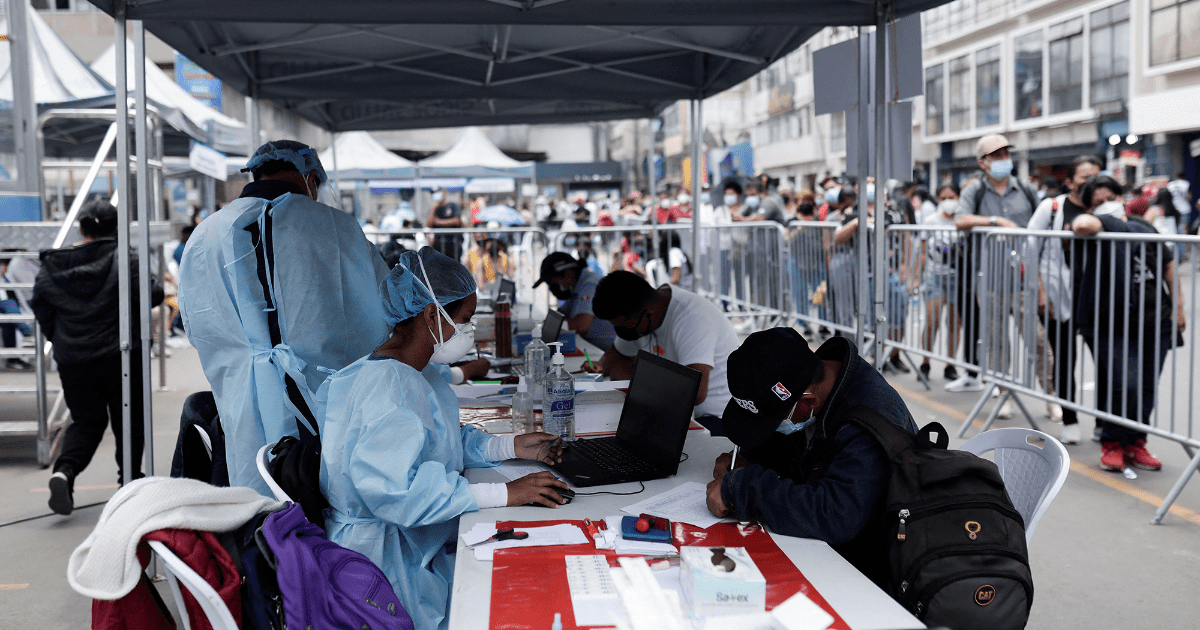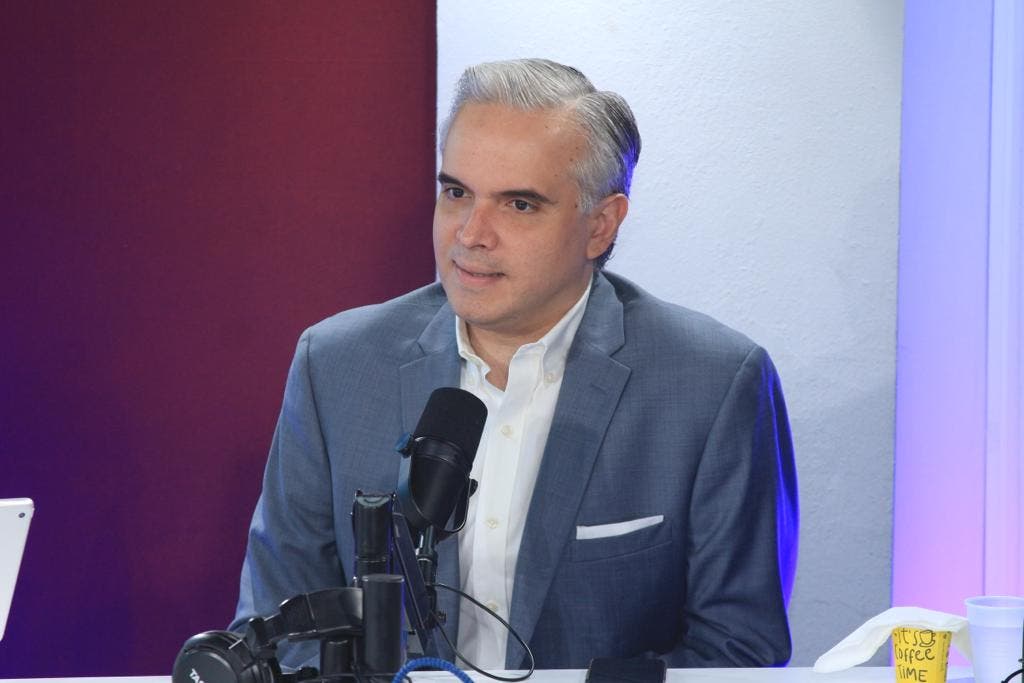Almost three months after a rocky wall break off and hit four speedboatskilling ten people and injuring several others, the canyons of Lake Furnas, in Capitólio (MG), were reopened to tourists again.
The partial release of nautical visits took place on the 30th, with the approval of the city hall. In addition to establishing new rules, such as the obligation of drivers to keep the vessels at a minimum distance from the sea walls and to respect the limits established for each section of the route, the municipality – about 282 kilometers from Belo Horizonte – hired a team of geologists to assess , daily, the stability of stone blocks.
According to the municipal secretary for Sustainable Economic Development, Lucas Arantes Barros, the movement of tourists during the past weekend, the first since the reopening, was small, with an average of about 80 groups of visitors/day – as this control did not was done before the accident, on January 8, it is not possible to make comparisons. The expectation, however, is that the influx of people will gradually increase in the coming weeks, mainly due to the long Easter and Tiradentes holidays.
“It is necessary to take into account that many factors impact tourism, such as the economic situation, the price of fuel, the season of the year… After so long, the movement was good for a first weekend. Especially considering it was the end of the month,” Barros told Brazil Agency.
A member of the board of the Capitólio Tourism Entrepreneurs Association (Ascatur), Vitor Vasconcelos says that the safety measures adopted after the accident have been well received by visitors and those who work with tourism.
“One thing we were concerned about was how the new safety standards would be received. It turned out that everyone received them very well. Visitors are not only complying with all the rules, but they continue to enjoy the rides”, commented Vasconcelos. According to him, the influx of tourists had been gradually increasing since February, due to the various other tourist attractions in the region.
“It is unlikely that the person who spends a week in Capitólio will know more than half of our tourist attractions”, guaranteed Vasconcelos.
In fact, the city, which is part of the Nascente das Gerais Tourist Circuit, has much more to offer than nautical tours along the so-called “Mar de Minas”, as the 1,440 km² of the Furnas dam lake is usually called – which, in turn, time, it is also not limited to the canyons area, where five points of greatest risk of falling stones have been identified.
“Only a single area of the lake where it is possible to take a boat ride was prohibited”, stressed Vasconcelos. “Even so, with the news, the drop in movement reached 95% shortly after the tragedy. But if we compare the result of April this year with that of previous years, the difference was not that big. It is also necessary to differentiate the consequences of what happened on January 8 from what several tourist cities are facing”, commented Vasconcelos, citing, as an example, the impact of the heavy rains that hit the state at the beginning of the year, impacting tourism.
Rules
THE municipal decree that released the nautical tours in part of the Furnas Lake establishes that the return of boats must occur in a controlled manner. All limits and safety lanes must be signposted. On the delimited route identified as Section 1, a maximum of four vessels will be allowed to enter at a time. The so-called Section 2 can only be accessed by one vessel at a time – and no stop will be allowed on this route.
As stipulated by the local authorities, the boats must respect a minimum distance from the walls. All passengers must sign a consent form containing guidelines on the new visitation rules, such as the mandatory use of life jackets and helmets. Vessels over 32 feet cannot access the canyons. The others cannot exceed 3 knots of speed.
According to the city hall, the new rules follow the recommendations presented by the geological studies carried out after the January 8 tragedy and by the Civil Police of Minas Gerais. In the police investigation launched to investigate the incident, the Civil Police concluded that natural events caused the detachment of rocks and that the “geological process of relief remodeling” is common in the region, favoring the rupture of rock blocks.
The Civil Police presented ten suggestions to increase the safety of tourist activities on the lake – among them, limiting the number of vessels sailing simultaneously through the canyons, improving the alert system and mapping the areas at greatest risk.
“During the period in which access to the canyons was closed, we were able to create and put into practice a visitation plan to reinforce and guarantee the safety of visitors”, guaranteed Barros, explaining that the city of Capitólio is still studying the possibility of installing metal retainers. at least five points in the lake to minimize the risk of landslides and falling rocks.
“We are running after resources to do the containment. We are also evaluating the possibility of installing an electronic monitoring system for the area. In any case, the daily geological analysis, carried out by professionals hired by the city hall, together with the other norms, already bring safety to tourist activities on the lake”, commented the municipal secretary.
Campaign
After the tragedy, businessmen decided to unite to promote tourist attractions in the region. A campaign spearheaded by the Capitólio Tourism Entrepreneurs Association (Ascatur) has already raised close to R$ 1 million. Amount that will be invested in a project that, in addition to publicizing regional attractions, seeks to make those who live in the region – especially those who work in tourism – aware of the importance of safety rules adopted after January 8, when a rocky wall came off and hit four speedboats.
“Unfortunately, the new rules are accompanied by a lot of pain for the losses”, said Vitor Vasconcelos, member of the board of Ascatur, referring to the measures that the city hall imposed to authorize the return of nautical tours through the canyons area of Lago de Furnas, as the obligation of tourist boats to keep a minimum distance from rocky walls to avoid accidents in case of falling stones.
“Since January, many specialists have been coming to the city to carry out studies. Today, tourism in Lake Furnas is much safer and more organized, but we need residents, entrepreneurs, in short, everyone who lives in the region, to have access to this knowledge. Only then will we understand the raison d’être of the new rules and know how to present and justify them to tourists.”
According to him, people who have visited the canyons of Lake Furnas, since the 30th, have accepted the new safety rules well.
Seventy companies in the region collaborated with the project, making it possible to hire a communications company to develop an action plan starting next week. “The fundraising was the easy part. So much so that the entrepreneurs themselves have already expressed their interest in a second round, as we have received very good proposals and we intend to make this type of investment again,” said Vasconcelos.
The Ascatur initiative is added to the Reviva Capitólio – Viva o Mar de Minas project, announced by the government of Minas Gerais in early February. The state proposal provides for the allocation of R$ 5 million from the public coffers to promote the safety of workers and tourists, in addition to strengthening tourism in the region – one of the most visited in the state.
The first stage of the state project, which is already underway, includes carrying out a detailed geological and structural diagnosis. The second axis provides for the improvement of coastal management plans; directors; of zoning and water use not only in Capitólio, but also in São José da Barra and São João Batista do Glória, which will apply the rules jointly.
In addition, the state government and the three cities must also promote, in partnership with public agencies and social entities, training actions to encourage the safe and sustainable use of Lake Furnas. Finally, the fourth axis of the project provides for communication actions to publicize the tourist attraction throughout the country.









